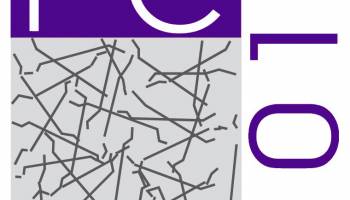Fibre-reinforced concrete is a composite material where the primary function of the fibres mixed in the concrete is to increase the ductility of the concrete. The material properties of the composite depend on the mechanical properties of the concrete matrix and the mixed fibres, but also on the relationship between the matrix and the fibres. The most widely used test to determine the material parameters of fibre-reinforced concrete is the three-point bending beam test, which can be used to determine the residual strengths at specific CMOD values. The coefficient of variation of the residual test results is usually high, which is due to the relatively small size of the specimen and the random location of the fibres. This paper examines the results of beam tests with steel and synthetic macrofibre reinforced concretes by analysing the number and position of fibres intersecting the fracture cross-section and their effects on the residual flexural-tensile strength.

Publications
Vasbetonépítés 2023/3
DOI:https://doi.org/10.32969/VB.2023.3.7
DOI:https://doi.org/10.32969/VB.2023.3.7
Related articles


